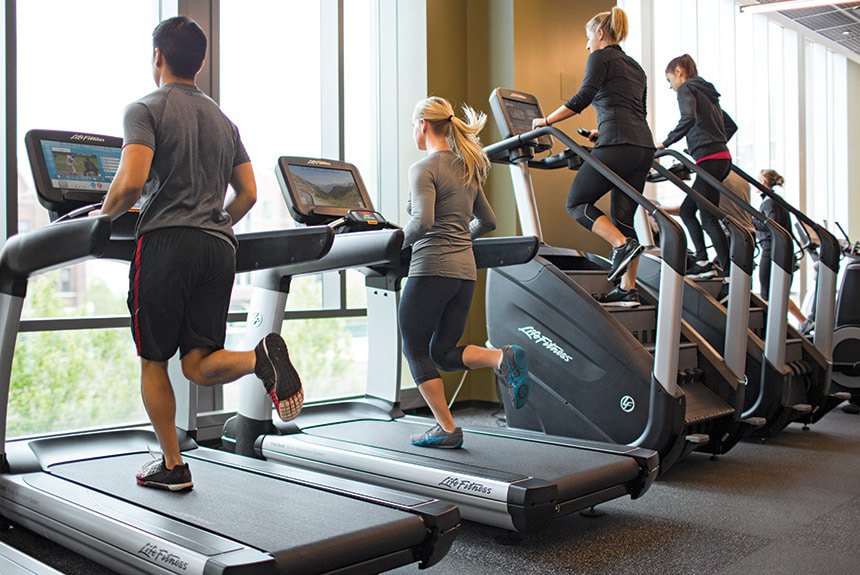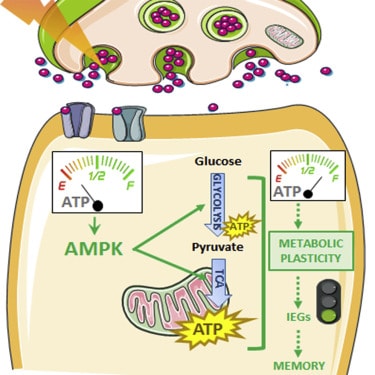
Building muscle is a long and challenging process. It takes hard work, consistency in the gym, and the right diet to do so.
When I first starting lifting I was allergic to cardio. I thought it would totally kill my gains and mitigate all the work I had done to build muscle. But as I implemented more cardio into my routine during a cutting phase, I realized that it wasn’t necessarily the case.
After all, they say the best way to make it look like you added 10lbs of muscle to your frame is to lose 10lbs of body fat. However, there is a right and a wrong way to add cardio to a workout program.
Most people stress over how much cardio, but perhaps the more important question is when to do it.
On the one hand you figure if you do it before lifting you’ll be nice and warmed up. Blood is flowing, joints aren’t stiff, and body temperature is elevated. These are all seemingly good things heading into a resistance training workout. We’re all guilty of not taking the time to properly warm up, and this is the perfect way to ensure that we’re ready to go.
But on the other hand you’re thinking that you shouldn’t fatigue yourself so much before lifting. If you do cardio with any sort of intensity, you won’t be able to give maximum effort when you’re about to hit the weights. And you know how important training intensity is when trying to build and retain muscle.
Both are good arguments, but what’s the right answer? Should you do cardio before or after your workouts?
The answer is actually neither, and it all has to do with a signaling protein in your body called AMPK.

AMPK or AMP Activated Protein Kinase is an enzyme activated during sustained long duration exercise like cardio. When energy becomes depleted to a certain degree, it is activated. When this happens, a slew of processes occur that have major effects directly related to your physique.
AMPK enhances fatty acid breakdown and oxidation from adipose tissue. In other words, the fat on your body is released at a higher rate and is used for energy. AMPK also enhances glucose uptake in the cell, so carbohydrate utilization will increase as well. This makes sense since AMPK is activated in response for a demand in energy. As a result, your body makes more energy available in the form of fats and carbohydrates to fuel the cardio workout.
AMPK also increases a process called autophagy, which is a cellular recycling process. Basically old and dying cells are removed and any viable parts are used by other healthy cells. Autophagy is something that advocates of fasting often reference as a benefit.
You’re probably thinking that all of this stuff sounds great, and indeed it does. Increased fat and carb utilization along with autophagy; what’s the problem? Well, there’s always a consequence. When something happens in the body it’s usually at the expense of something else as the body always wants to achieve a level of homeostasis. It’s rare that you’re able to get the best of both worlds.
AMPK’s Effect on Muscle
When AMPK is activated it inhibits another protein in the body called mTOR. mTOR signals for protein synthesis to elevate which in turn builds muscle. Therefore AMPK somewhat impairs your ability to build muscle. mTOR is elevated in response to resistance training and high protein meals, so it makes sense how all this stuff comes together.
AMPK decreases protein synthesis, glycogen synthesis (carb storage in muscle), and cholesterol synthesis. Basically anything anabolic is hampered when AMPK is elevated. It can even cause some muscle breakdown, even though amino acids are not a favorable source of energy. This can occur to a greater degree depending on the structure of your diet. Severe caloric restriction makes it more likely that you would use muscle for energy. You can help to mitigate the muscle wasting effects with a properly structured, high protein diet.
So the increase in fat burning comes at the expense of muscle building. Ironically, the opposite is not true. AMPK inhibits mTOR but mTOR does not inhibit AMPK, so there’s another win for resistance training. At the very least you want to be able to maintain as much muscle as possible during a fat loss phase, so what is the best way to structure both weight training and cardio to accomplish this?
How to Add Cardio Without Losing Muscle
The AMPK/Cardio relationship throws a huge wrench into our fitness goals. It no longer matters whether we do cardio before or after training because it’s going to negatively affect our workouts and ability to build/retain muscle in either scenario.
The good news is that nothing lasts forever. AMPK is elevated after a long bout of cardio, but eventually it will return to normal levels.
In the best case scenario, you would perform cardio on its own day completely separate from a resistance training workout. You would dedicate that particular day to cardio and no lifting would occur. After all, what’s the point of resistance training if the cardio is going to block your muscle gains anyway?
If you MUST do both on the same day, space it out as much as possible. Ideally you would do cardio in the morning, let AMPK run its course, and train in the evening. It’s not perfect but it’s much better than doing it immediately back to back. Try to space out your workouts by eight hours.
Cardio’s Effect on Strength Training
AMPK doesn’t seem to affect strength training adaptations to the degree that it does for hypertrophy (building muscle). If your goal is strictly to build strength, like in powerlifting, then you shouldn’t worry too much about when you perform cardio. In all likelihood, cardio would be a small part of your program anyway, and the level of cardio may not even be enough to activate AMPK.
Another situation is with someone who doesn’t care about building or even maintaining muscle. An individual may be cutting weight for wrestling or MMA but continues to lift for strength and conditioning purposes. Their training is more for athletic performance than aesthetic reasons. In this case, they just need to get their sessions in and make weight for competition day. So for them, it doesn’t really matter when they perform their cardio.
How Much Cardio?
You may be wondering at what level of cardio does AMPK begin to rise. There is no definitive answer on this, and like most health topics I would hypothesize that it varies from person to person. Remember that AMPK is activated in response to an energy demand. The better conditioned you are, the more intense the activity would have to be. In other words, if you’re in really good shape, it takes a lot to create a high demand for energy.
Intensity and duration are the two main exercise factors involved. A walk around the block isn’t going to make you catabolic. Neither is a set of barbell squats. It takes continuous aerobic exercise at a moderate to high pace to activate AMPK. Not everyone has the means to test their VO2 max or even their heart rate, but intuitively we all know if a cardio session was challenging. A sustained heart rate above 150bpm typically constitutes an intense cardio workout.
Final Notes
- AMPK is a protein activated during long duration cardio, when there are high energy demands
- AMPK allows the body to release and burn fat, and also use carbohydrates for energy
- AMPK blocks mTOR, which in turn blocks protein synthesis and thus muscle building
- Best case scenario is to perform cardio on a separate day from lifting if primary goal is to build and maintain muscle
Recent Posts
Stretching Before Workouts: Essential Warmup or Performance Killer
“Don’t stretch before workouts, your muscles become too supple” “Stretch before your workouts, warming up is important” It's conflicting advice like this that drives people crazy,...
Best Protein Bar For the Money | Cost Effective, High Quality
Protein bars are no longer a supplement dedicated to diehard gym rats, with awful taste and the consistency of a brick. Men, women, and even teenagers can commonly be seen eating protein bars. The...
